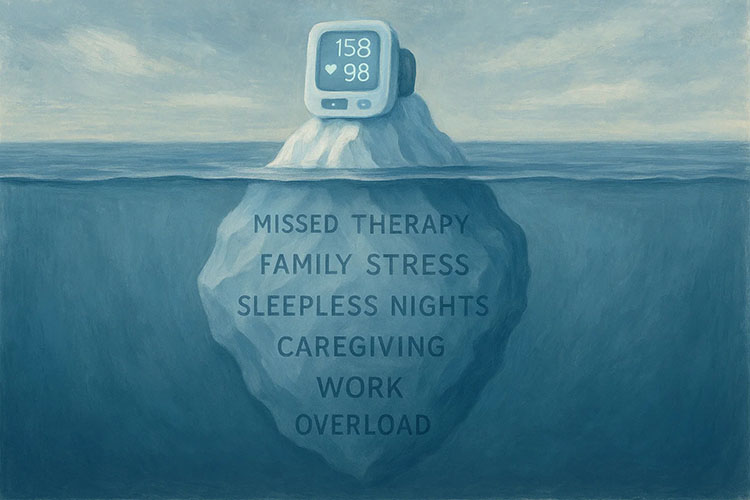
Remote Patient Monitoring (RPM) sounds like a great concept, and you are very eager to add it to your patient care toolbox. Not only does it add more value to your patients in the form of more consistent care but can add more value to your practice through additional income. That’s where CPT® codes come in. While you are probably familiar with them for in-house services, you may not be quite certain how they translate when implementing Remote Patient Monitoring. This back-to-basics guide should help to alleviate any confusion or hesitation.
What does CPT® stand for?
CPT® stands for Current Procedural Terminology. It is a term owned by the AMA (American Medical Assoc).
What is a CPT® Code?
According to Meditec.com, CPT® codes are “used to designate any task or service that a healthcare provider can offer. That’s why they’re sometimes known as ‘service codes.’ Meditec.com explains that CPT® codes can “be recognized as five-digit numeric codes (or, sometimes, four numbers followed by one letter), without decimals or dashes.”
CPT® codes were initially used to codify surgical procedures by the AMA. The system was later adopted by Medicare. After being adopted by Medicare, the system was expanded beyond surgical to also include diagnostic and medical services.
What is the purpose of CPT® codes?
CPT® codes allow for uniformity in the tracking and billing of services for members of the AMA. Additionally, the codes determine a patient’s financial responsibility, as well as what reimbursement a practice can expect to receive from the insurer.
Are the Current Procedural Terminology Codes truly “current”?
Yes. In fact, as recently as January of 2021, there were updates and clarifications to the CPT® codes regarding Remote Patient Monitoring. Aside from RPM codes, new codes are developed, and others discarded or revised to keep up with ever changing healthcare practices. These updates typically take place yearly under the advice of a panel of physicians- doctors who are nominated by healthcare stakeholders.
RPM: Is there a code for that?
There are five primary codes relating to Remote Patient Monitoring: 99091, 99453, 99454, 99457, and 99458. These codes are called “Evaluation and Management (E/M) services.” These codes can be ordered by physicians or non-physician practitioners who can bill Medicare for E/M services.
Are there any specific requirements related to these codes?
The short answer is yes- particularly regarding the amount of time involved with said monitoring and patient interaction over the course of a month. In 2020, there was some back and forth between different medical organizations regarding what this should look like on a granular level.
However, in early 2021, a specific clarification was issued regarding CPT® codes 99457 and 99458. The clarification stated that 20-minutes of intra-service work associated with the codes includes a practitioner’s time engaged in “interactive communication” as well as time engaged in non-face-to-face care management services during the month.
That sounds like a lot of work. Is it worth it?
Keeping track of each patient, their monitoring, and the amount of communication with said patient can seem overwhelming- especially if you are also maintaining an in-person practice as well. However, that is where Medek RPM comes in. When partnering with Medek RPM, you alleviate the worry and the hassle of meeting the standards set for billing codes such as CPT® codes. Medek handles the patient communication, monitoring, and RPM related billing for your practice. So, your practice can reap the financial benefits of RPM, along with providing your patients an added layer of care, without any asking or requiring anything more from your hardworking team.
See how with Medek RPM this can be made as easy as 1,2,3! Contact a Medek Representative to start a conversation on RPM can help you today.





